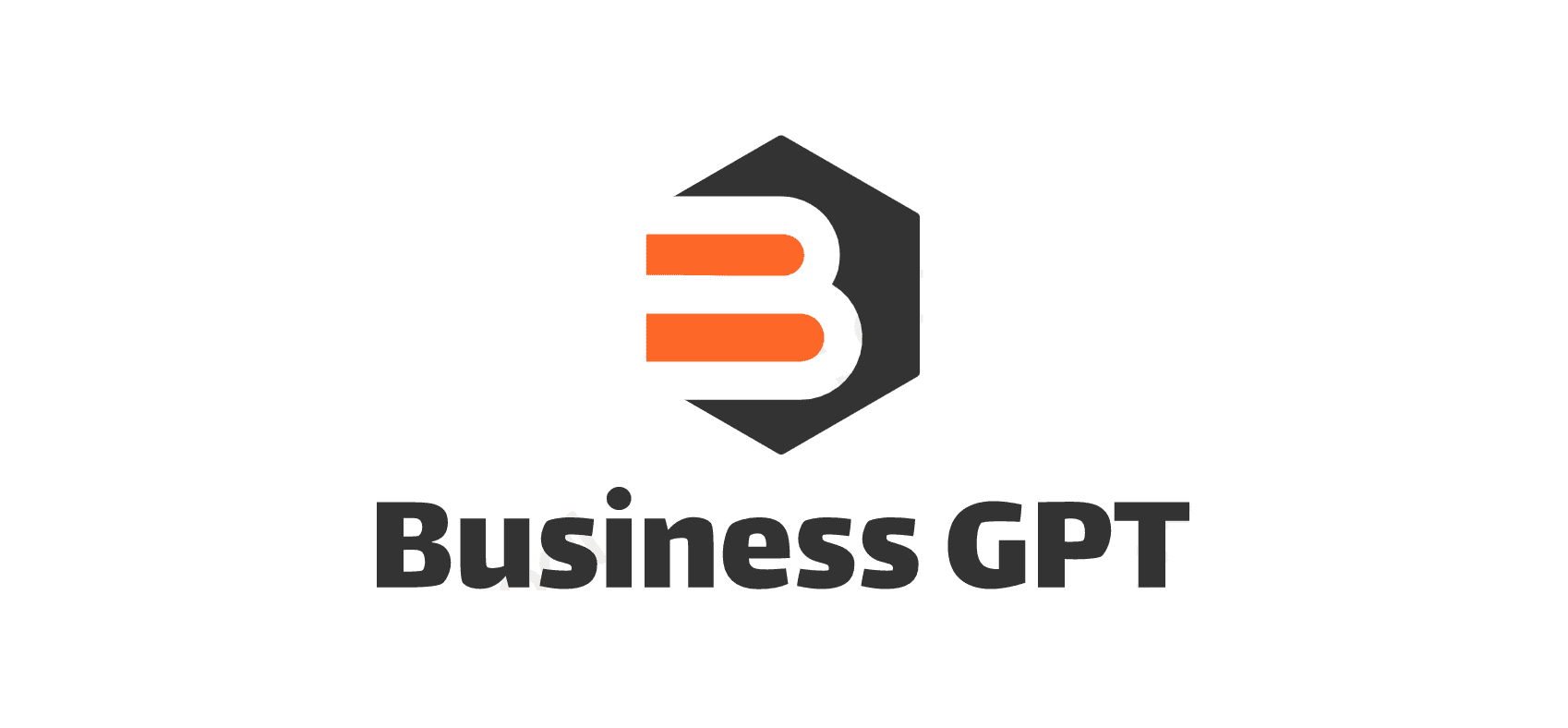Competitive Parity: Achieving Balance for Market Success

Competitive parity refers to the state of equilibrium where a business or brand holds a position that is on par with its competitors in the market.
It is a concept that focuses on achieving balance in terms of product offerings, pricing, marketing strategies, and overall brand positioning.
In this article, we will explore the importance of competitive parity, strategies to attain it, and how it impacts the success of a business.
1. Introduction
Competitive parity is a concept that revolves around achieving a level playing field with competitors. It is about ensuring that your business is neither at a significant advantage nor a disadvantage in the market.
By closely monitoring and adapting to the strategies employed by competitors, companies strive to maintain a balanced position within the industry.
2. The Significance
Competitive parity holds immense significance for businesses. It allows them to avoid intense price wars, differentiate their offerings effectively, and build a loyal customer base.
When companies achieve competitive parity, they can focus on creating unique value propositions that cater to their target audience while also remaining competitive in the market.
3. Factors Influencing Competitive Parity
Several factors contribute to achieving competitive parity. Let’s delve into some of the most crucial ones:
3.1 Product Offerings and Quality
Maintaining product quality at par with competitors is essential to avoid losing market share. By continuously improving and innovating their products, companies can stay relevant and meet customer expectations.
3.2 Pricing Strategy
Pricing plays a significant role in competitive parity. Setting prices too high can alienate customers, while setting them too low can lead to a perception of inferior quality. Finding the right balance is key to staying competitive in the market.
3.3 Distribution Channels
Efficient and well-established distribution channels are vital for achieving competitive parity. Companies must ensure their products are readily available to customers through various channels, including online platforms, retail stores, and distribution partners.
3.4 Promotional Activities
Effective marketing and promotional activities help create awareness and build brand equity. Companies must develop strategies that resonate with their target audience and effectively communicate their unique value propositions.
3.5 Customer Service and Support
Providing exceptional customer service and support is crucial for competitive parity. Companies that prioritize customer satisfaction gain an edge over their competitors and build long-lasting relationships with their clientele.
4. Strategies to Attain Competitive Parity
To achieve competitive parity, businesses can employ the following strategies:
4.1 Conducting Market Research
Thorough market research enables companies to gain insights into customer preferences, market trends, and competitor strategies. This information helps them make informed decisions and develop effective competitive strategies.
4.2 Analysing Competitors
Studying competitors’ strengths and weaknesses provides valuable insights for achieving competitive parity. By understanding the market landscape, companies can identify areas of improvement and develop strategies to differentiate themselves effectively.
4.3 Differentiating Through Innovation
Innovation allows businesses to stand out from the competition. By continuously investing in research and development, companies can introduce new and unique products or services that meet customer needs and create a competitive advantage.
4.4 Building Strong Brand Equity
Developing a strong brand identity and brand equity is crucial for competitive parity. By effectively communicating their brand values, companies can create a loyal customer base that chooses their offerings over competitors’.
4.5 Continuous Improvement
Constantly evaluating and improving business processes, products, and services is essential for staying competitive. By embracing a culture of continuous improvement, companies can adapt to market changes and meet evolving customer expectations.
5. The Impact of Competitive Parity on Business Success
Achieving competitive parity positively impacts the success of a business in multiple ways. It allows companies to maintain a fair market share, establish credibility, and create a solid foundation for growth.
By balancing their offerings with competitors, businesses can attract and retain customers, enhance their reputation, and increase profitability.
6. Conclusion
Competitive parity is a vital concept for businesses aiming to succeed in a competitive marketplace. By aligning their product offerings, pricing strategies, marketing efforts, and customer service with competitors, companies can achieve balance and create a strong market presence.
Striving for competitive parity enables businesses to differentiate themselves effectively, build brand equity, and secure their position in the market.
For more such posts, do check the rest of our blog.
Frequently Asked Questions (FAQs)
Q1. How does competitive parity differ from competitive advantage?
Competitive parity focuses on achieving balance with competitors, whereas competitive advantage emphasizes creating a superior position in the market. While competitive parity seeks to avoid significant advantages or disadvantages, competitive advantage aims to stand out and outperform competitors.
Q2. How often should companies analyse their competitors?
Regular competitor analysis is essential to stay updated with the market landscape. Companies should conduct competitor analysis periodically, depending on the industry, market dynamics, and the pace of change within the sector.
Q3. Can competitive parity be achieved in all industries?
Achieving competitive parity is possible in most industries, but the strategies employed may vary. Some industries may have higher competition levels, making it more challenging to attain competitive parity, while others may have lower levels, allowing for easier equilibrium.
Q4. Is competitive parity a one-time goal?
Competitive parity is an ongoing process rather than a one-time goal. As market conditions and customer preferences change, companies must adapt and continuously strive to achieve competitive parity.
Q5. Can a business have competitive parity and a competitive advantage simultaneously?
Yes, it is possible for a business to have competitive parity in certain aspects while also maintaining a competitive advantage in other areas. It depends on the specific factors influencing the industry and the company’s positioning within the market.




